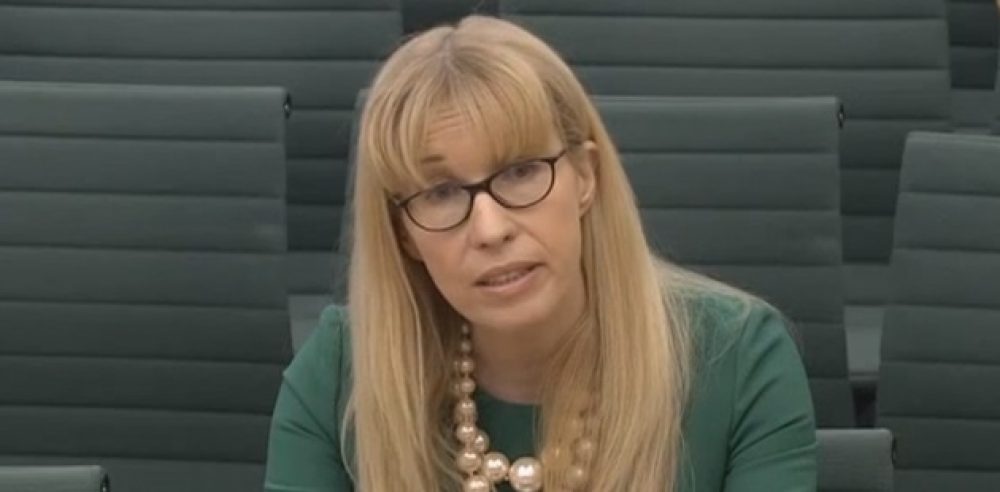Exam board Pearson was ordered to increase its grade boundaries by one mark this year to prevent pupils being “unfairly advantaged” in their maths GCSE.
This year more than 320,000 teenagers sat maths exams set by Pearson, and in July, the board is understood to have told Ofqual that pupils found one of its papers more accessible than previous years.
Today, Sally Collier, Ofqual’s chief regulator (pictured above) said the exams system should be “fair for all” and if exam boards’ grade standards did not align with other boards they would compel them to bring it “into line”.
Sally Collier added: “We did this in the case of Pearson’s GCSE maths award this summer, requiring it to move one higher tier grade C boundary up by one mark.
“The change means that no student was advantaged over any other that was awarded a GCSE maths qualification this summer, securing fairness for all.”
Correspondence between the regulator and Pearson show that the exam board was reluctant to make the change.
Across the UK, 61 per cent of pupils achieved at least a C grade in maths this year, compared with 63.3 per cent. However, when re-sits for 17-year-olds are taken out this increased to 70.5 per cent compared with 69.1 per cent in 2015.
A spokesperson for Pearson said it was confident in its “rigorous process” for setting grade boundaries.
They added: “Our subject and technical experts review the evidence and recommend where the grade boundaries should sit.
“These recommendations are then reviewed by Ofqual, alongside research and statistics from the other exam boards. We accepted the regulator’s judgement for GCSE Maths, made with the additional evidence available to them.”







Your thoughts